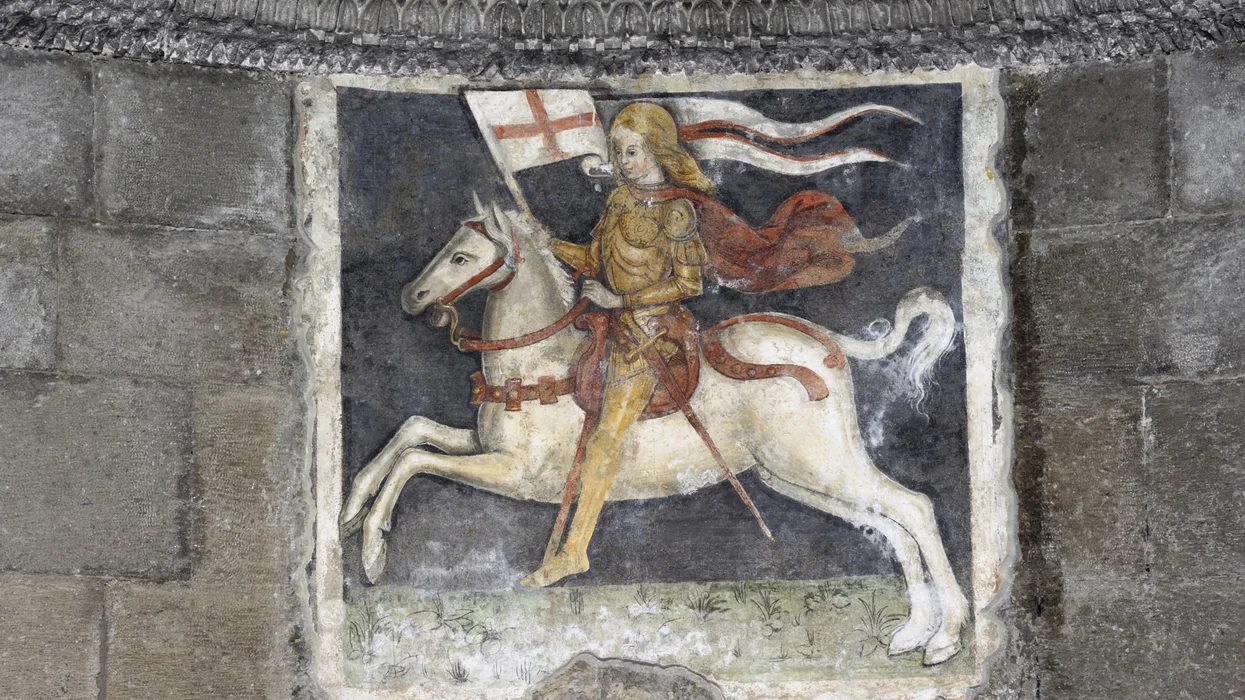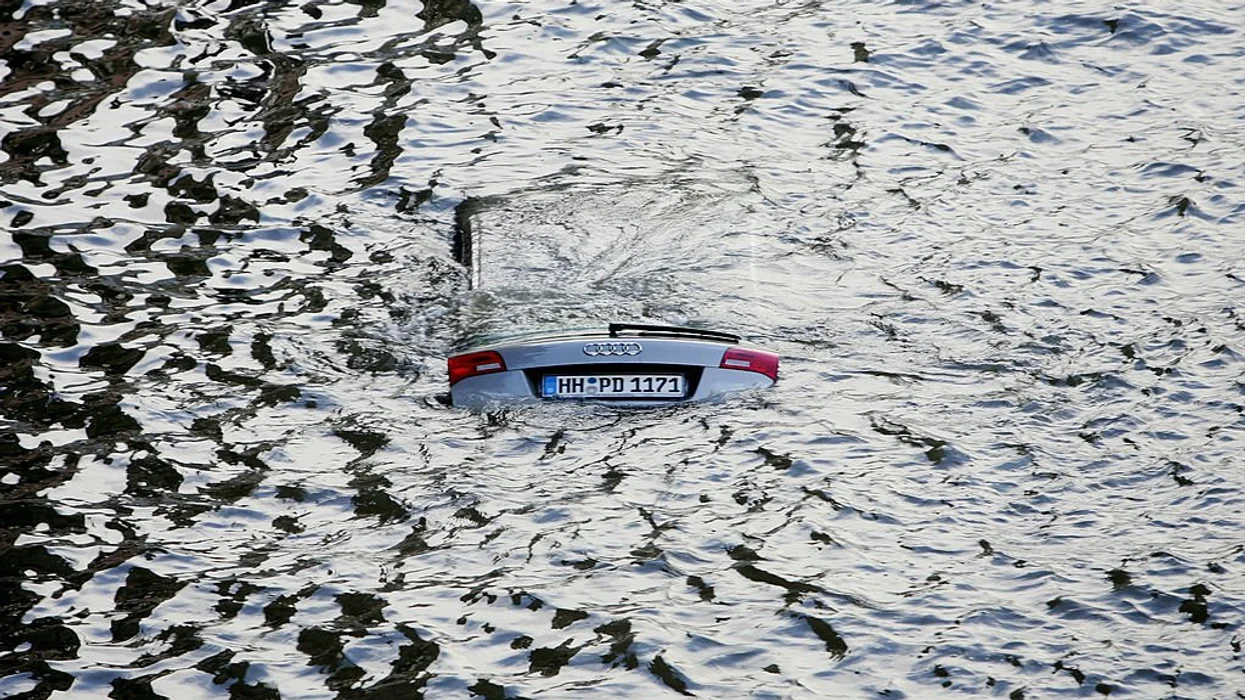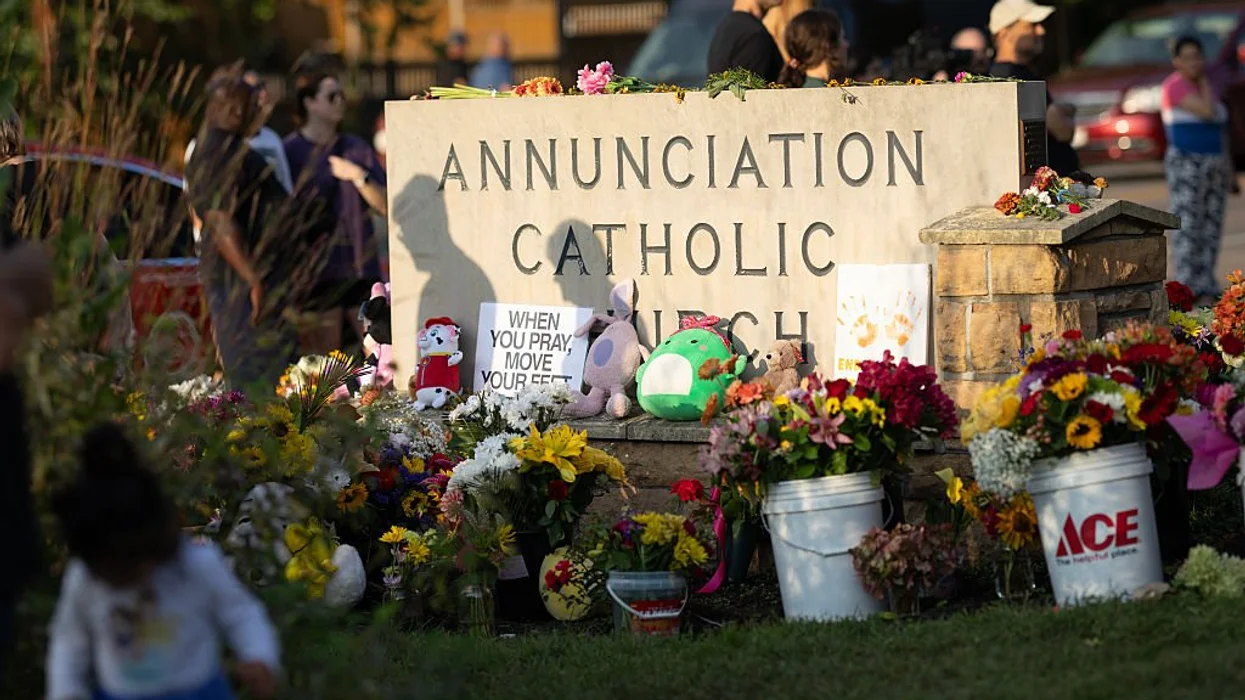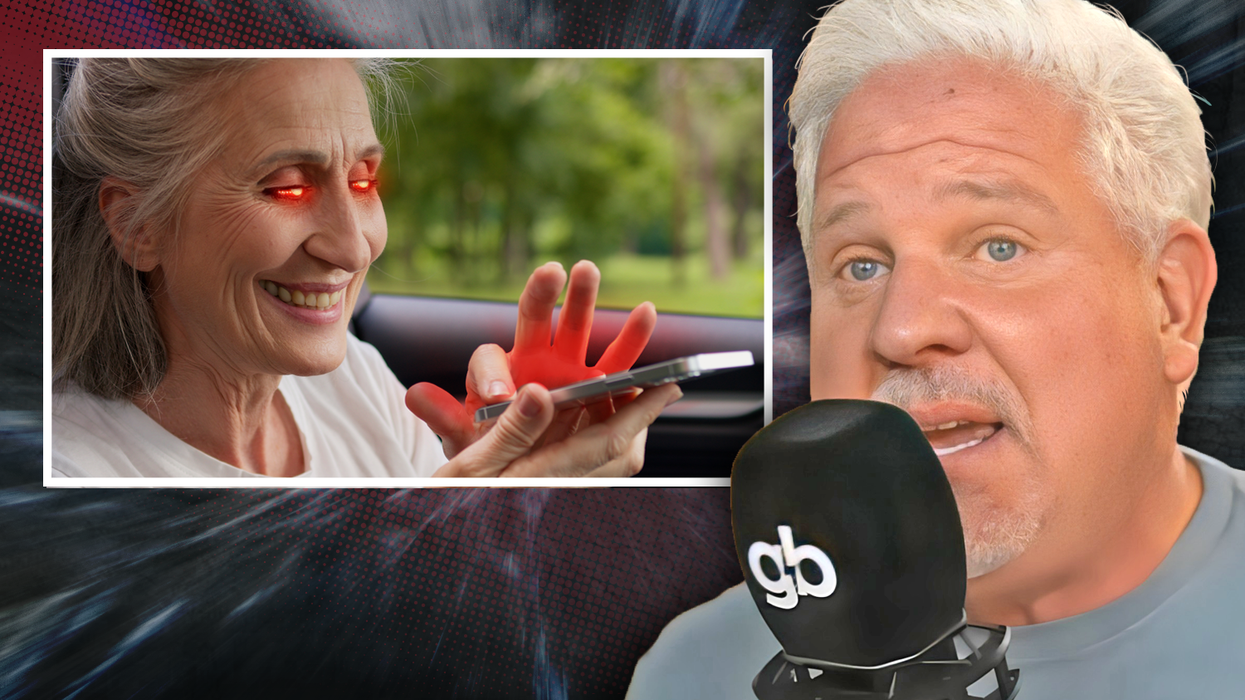
© 2025 Blaze Media LLC. All rights reserved.
"...worked very hard to force our car to stop running."
A review published late last week by the New York Times of Tesla's new Model S electric vehicle saying the car stalled on the highway in freezing temperatures during its test drive has been challenged by Telsa's co-founder Elon Musk who said the review "does not factually represent Tesla technology."
 Tesla's Model S in California in August 2012. (Photo: Tesla)
Tesla's Model S in California in August 2012. (Photo: Tesla)
John Broder for the Times lead with several points about the vehicle that would have predicted the test ride to be successful. He called it a "technological wonder," noted the many awards the Model S has earned and the reviews that would have you believe it's the "coolest car on the planet."
"What fun, no? Well, no," Broder wrote.
Broder continued to describe his trip from a Washington, D.C., suburb in sunny 30 degree weather that seemed to be going well until he neared New Jersey and started to notice charge problems with the car that made him doubt if he would make it to the next charging station:
I began following Tesla’s range-maximization guidelines, which meant dispensing with such battery-draining amenities as warming the cabin and keeping up with traffic. I turned the climate control to low — the temperature was still in the 30s — and planted myself in the far right lane with the cruise control set at 54 miles per hour (the speed limit is 65). Buicks and 18-wheelers flew past, their drivers staring at the nail-polish-red wondercar with California dealer plates.Nearing New York, I made the first of several calls to Tesla officials about my creeping range anxiety. The woman who had delivered the car told me to turn off the cruise control; company executives later told me that advice was wrong. All the while, my feet were freezing and my knuckles were turning white.
Broder made it to the charging station in Milford, Conn., but not before he received the "Recharge Now" warning. He wrote that he fueled up on electricity, but after driving again noticed the car's charge said it had driven further than he actually had gone and it seemed to lose charge overnight -- by morning at 10 degrees the car only had 25 miles of range.
There were measures Tesla officials advised Broder to take to restore lost energy due to cold weather, which he did. After he had used an adapter in the car to hook it up to a power source, one that isn't as powerful as a charging station though, Broder got back in the vehicle to go to the actual station in Milford:
The displayed range never reached the number of miles remaining to Milford, and as I limped along at about 45 miles per hour I saw increasingly dire dashboard warnings to recharge immediately. Mr. Merendino, the product planner, found an E.V. charging station about five miles away.But the Model S had other ideas. “Car is shutting down,” the computer informed me. I was able to coast down an exit ramp in Branford, Conn., before the car made good on its threat.
Broder wrote he then had to be picked up by a tow truck, which he says Tesla's New York service manager, Adam Williams, ordered for him.
After all the incidents, Broder spoke with Tesla Chief Technology Officer J.B. Straubel who said the two charging stations on the East Coast are at the mileage limit for the Model S and acknowledged cold weather reduces range by about 10 percent, not to mention the energy used by the car's heater for driver comfort.
“Hopefully you’ll give us a little slack in that we put in the East Coast stations just a month ago,” Broder reported Straubel saying. “It’s a good lesson.”
Only, Tesla's Musk, after seeing the New York Times review and looking at the data logs of the car Broder used, said the test drive account by Broder was "most peculiar" because the car never actually ran out of battery at any time while it was driven.
NYTimes article about Tesla range in cold is fake. Vehicle logs tell true story that he didn't actually charge to max & took a long detour.— Elon Musk (@elonmusk) February 11, 2013
"The logs show again that our Model S never had a chance with John Broder," Musk wrote in a blog post on Tesla's website Wednesday. "In Mr. Broder’s case, he simply did not accurately capture what happened and worked very hard to force our car to stop running."
 This image shows the charge of the battery over the duration of the trip. (Image: Tesla)
This image shows the charge of the battery over the duration of the trip. (Image: Tesla)
Here are a few bullets from Musk's blog post that contradict some of the claims in Broder's review:
- As the State of Charge log shows, the Model S battery never ran out of energy at any time, including when Broder called the flatbed truck.
- The final leg of his trip was 61 miles and yet he disconnected the charge cable when the range display stated 32 miles. He did so expressly against the advice of Tesla personnel and in obvious violation of common sense.
- In his article, Broder claims that “the car fell short of its projected range on the final leg.” Then he bizarrely states that the screen showed “Est. remaining range: 32 miles” and the car traveled “51 miles," contradicting his own statement [...]. The car actually did an admirable job exceeding its projected range. Had he not insisted on doing a nonstop 61-mile trip while staring at a screen that estimated half that range, all would have been well. He constructed a no-win scenario for any vehicle, electric or gasoline.
- On that leg, he drove right past a public charge station while the car repeatedly warned him that it was very low on range.
- Cruise control was never set to 54 mph as claimed in the article, nor did he limp along at 45 mph. Broder in fact drove at speeds from 65 mph to 81 mph for a majority of the trip and at an average cabin temperature setting of 72 F.
- At the point in time that he claims to have turned the temperature down, he in fact turned the temperature up to 74 F.
 (Image: Tesla)
(Image: Tesla)
 (Image: Tesla)
(Image: Tesla)
Musk's list goes on.
In response to some of Tesla's contradictions that came out earlier this week to his review, Broder wrote his account of the trials with the car were not fake. He noted too that Musk called him before the review was published to apologize for the less-than-pleasurable test drive and acknowledged that charging stations on the East Coast should be closer -- 140 miles apart instead of 200 miles -- given traffic and temperature.
Musk addressed the apology in his blog post Wednesday as well:
I called to apologize for any inconvenience that he may have suffered and sought to put my concerns to rest, hoping that he had simply made honest mistakes. That was not the case.
Musk goes on to detail how he believes Broder has shown a bias against electric cars in the past. Musk has called upon the New York Times to investigate these claims and also said on Twitter that he is working with other journalists to take the same test drive.
Tesla blog coming soon detailing what actually happened on Broder's NYTimes "range test". Also lining up other journalists to do same drive.— Elon Musk (@elonmusk) February 11, 2013
Bloomberg reported New York Times spokesperson Eileen Murphy saying the story was "completely factual" and calling claims that the review was faked, "flatly untrue."
Read more of Musk's blog post for details into where he believes Broder might have skewed facts in his review here. Also be sure to take a look at Broder's full review here.
Here a recent review from Cars.com of the Model S:
Want to leave a tip?
We answer to you. Help keep our content free of advertisers and big tech censorship by leaving a tip today.
Want to join the conversation?
Already a subscriber?
more stories
Sign up for the Blaze newsletter
By signing up, you agree to our Privacy Policy and Terms of Use, and agree to receive content that may sometimes include advertisements. You may opt out at any time.
Related Content
© 2025 Blaze Media LLC. All rights reserved.
Get the stories that matter most delivered directly to your inbox.
By signing up, you agree to our Privacy Policy and Terms of Use, and agree to receive content that may sometimes include advertisements. You may opt out at any time.





